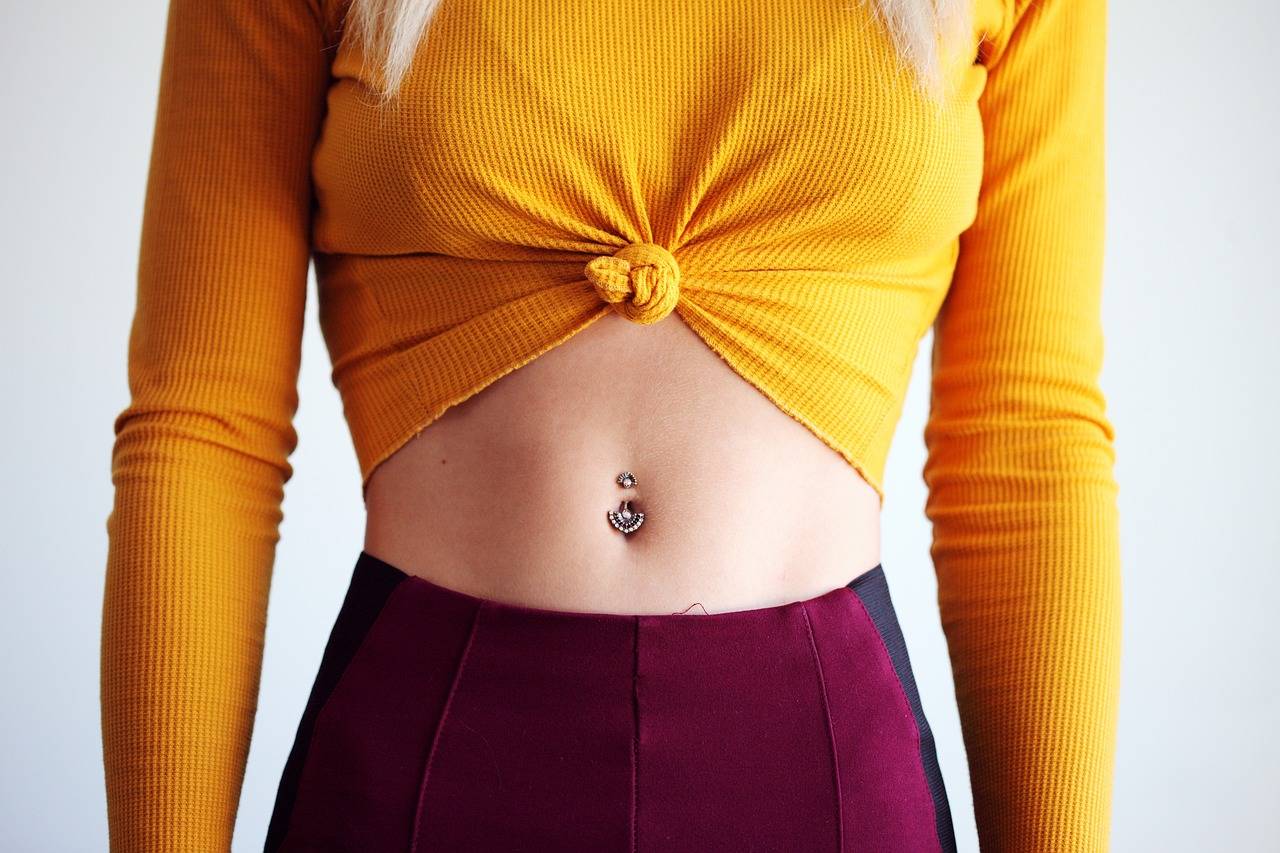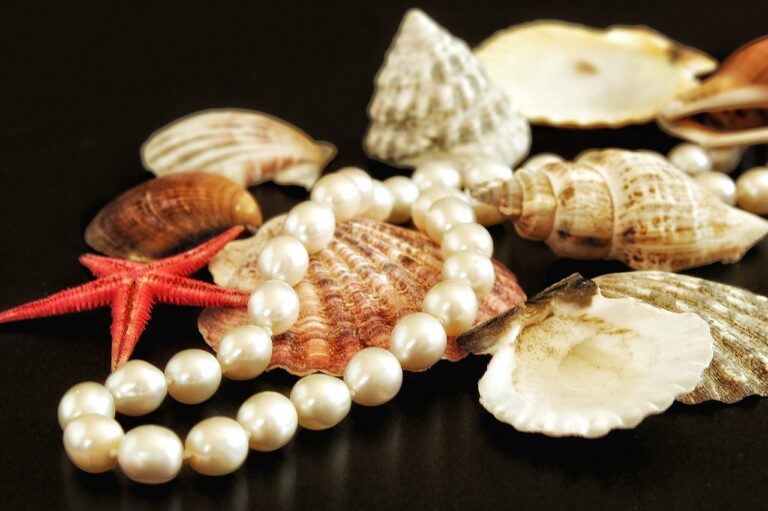Fashion and Gender Identity: Celebrating Diversity in Design
Fashion has long been intertwined with the exploration of gender identity. From the traditional gender norms embedded in clothing to the rise of gender-fluid styles, the industry has witnessed a significant transformation. Designers now challenge the binary constraints of fashion, pushing boundaries and embracing a more inclusive approach that transcends traditional male and female categorizations.
The evolution of gender identity in fashion has sparked conversations about the societal constructs of gender and the role clothing plays in expressing one’s identity. With an increased emphasis on self-expression and individuality, the fashion industry has become a platform for breaking down stereotypes and embracing diversity. As designers continue to blur the lines between masculine and feminine aesthetics, a new era of fashion is emerging, one that celebrates the fluidity and diversity of gender expression.
The Evolution of Gender Fluidity in Design
Gender fluidity in design has brought about a revolutionary shift in the fashion industry, challenging traditional binary concepts of masculinity and femininity. Designers are increasingly exploring androgynous silhouettes, non-conforming styles, and gender-neutral pieces that cater to a more diverse and inclusive audience. This wave of creativity is breaking down barriers and embracing the fluidity of personal expression through clothing.
As society progresses towards a more inclusive and acceptance-driven culture, the fashion world is reflecting these changes by blurring the lines between traditionally defined gender roles. Through innovative designs and forward-thinking approaches, designers are empowering individuals to embrace their authentic selves regardless of societal expectations. This evolution in design not only fosters self-expression but also fosters a sense of freedom and empowerment for individuals to embrace their unique identities without limitations.
What is gender identity?
Gender identity is a person’s internal sense of their own gender, which may be different from the sex they were assigned at birth.
How does gender identity relate to fashion and design?
Gender identity plays a significant role in fashion and design, as it influences how individuals express themselves through clothing, accessories, and other forms of self-presentation.
What is gender fluidity in design?
Gender fluidity in design refers to the breaking down of traditional gender norms and boundaries in fashion and other creative fields. It allows for more inclusive and diverse expressions of gender identity.
How has the concept of gender fluidity evolved in design?
Over the years, there has been a shift towards more gender-neutral and unisex clothing options, as well as a greater emphasis on diversity and inclusion in the fashion industry. Designers are increasingly creating pieces that cater to a wider range of gender identities.
Why is understanding gender fluidity important in design?
Understanding gender fluidity is important in design because it allows for greater creativity, inclusivity, and representation in the industry. By embracing diverse gender identities, designers can create more meaningful and impactful work.





